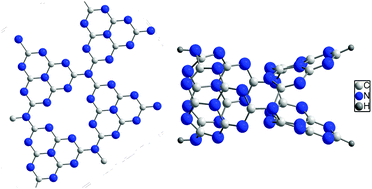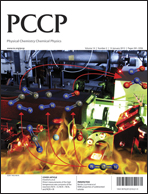Nonlinear optical properties of carbon nitride nanotubes
Abstract
The second order polarizabilities (β) of the C3N4 NT systems were investigated in this study. The β values of end groups substituted C3N4 NTs were calculated to find their most favorable paradigm for nonlinear optical design. It was found that their electric dipole transitions are only allowed along the tube axis direction and the position of terminal groups has a great effect on NLO properties of substituted C3N4 NTs. The obtained results provide us details to understand the relation between the structure and nonlinear optical properties. The results indicate that the second-order polarizabilities originate from charge transfer from a donor (–NH2) to an acceptor (–O2N) and the electron density redistribution in heptazine units. We employ a one-dimensional two-state model to analyze the nature of the second-order polarizabilities of studied materials. The frequency-dependent second-order polarizabilities were also calculated. The second-order polarizability of the O2N–C3N4–NH2 NT is 2.51 × 10−27 esu when the input


 Please wait while we load your content...
Please wait while we load your content...